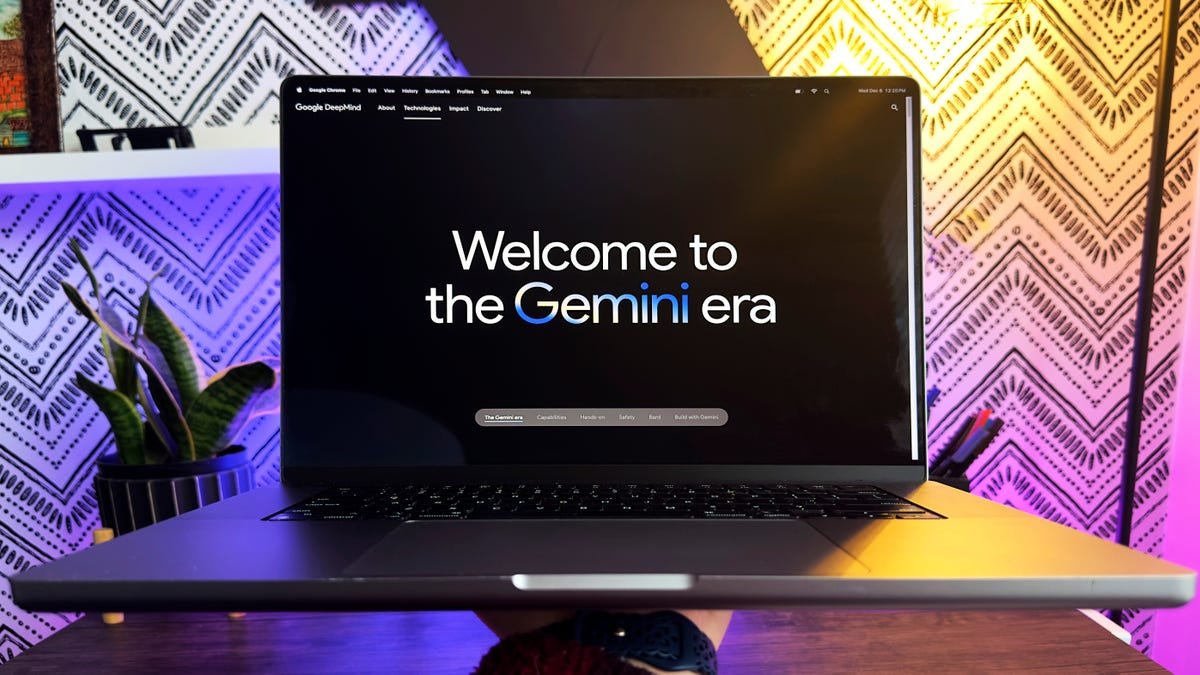As we approach the year 2023, the tech world continues to make significant advancements and innovations. One such groundbreaking development is the recent release of the Apple Vision Pro VR headset, along with its own Vision OS operating system and a new specialized R1 chip to power it. This product has generated significant buzz and excitement within the industry, as it has the potential to unlock a new era of spatial computing. However, there are also concerns and uncertainties surrounding its success. In this article, we will delve into the features, potential challenges, and future prospects of the Apple Vision Pro.
The Apple Vision Pro is undoubtedly an engineering marvel, and its capabilities are nothing short of impressive. With the ability to seamlessly augment the world with Excel spreadsheets, enjoy lifelike 3D 4K movies, and even have immersive experiences with virtual companions, the possibilities are endless. Moreover, the device projects the user’s eyes to the front, maintaining a natural appearance to others. Under the hood, it boasts an M2 chip along with the specially designed R1 chip, low latency, cameras, and eyeball trackers, all of which contribute to its sophisticated functionality.
A notable feature is the foveated rendering, which maximizes image quality based on the user’s gaze, further enhancing the immersive experience. Additionally, the device allows for control through eye movements, voice commands, and virtual keyboard inputs. Furthermore, it can link with a MacBook, offering enhanced privacy and usability in various settings.
However, despite these impressive capabilities, the Apple Vision Pro faces significant challenges that may hinder its widespread adoption and success. The hefty price tag, starting at $3499, places it out of reach for many consumers. The limited two-hour battery life and the need to connect to a separate core add to its accessibility issues. Furthermore, concerns regarding user comfort, convenience, and practicality compared to traditional devices such as smartphones and laptops may also impact its market reception.
Additionally, the VR market has seen mixed results, with previous attempts facing various limitations and obstacles. The acquisition of Oculus by Meta (formerly Facebook) and their struggles to create a successful metaverse serve as a cautionary tale for the potential pitfalls in the VR industry. These factors raise doubts about the long-term viability and impact of the Apple Vision Pro as a revolutionary computing paradigm.
However, there are reasons to believe in the potential success of the Apple Vision Pro. Despite the challenges, Apple has a track record of transforming niche technologies into mainstream consumer products. The emphasis on enabling consumption and the device’s compelling features could drive demand among certain demographics. Moreover, the advancements in generative AI technology may alleviate some barriers for developers, making AR and VR content creation more accessible in the future.
In conclusion, the release of the Apple Vision Pro marks a significant milestone in the realm of VR and spatial computing. Its groundbreaking features and capabilities have the potential to redefine how users interact with digital content and the physical world. However, the product also faces significant obstacles, including price, usability, and market reception. Whether the Apple Vision Pro becomes a transformative success or a niche product remains to be seen. Regardless, it has undoubtedly sparked a new chapter in the evolution of consumer technology.
As we continue to witness technological advancements and innovations unfold, it is essential to remain vigilant and critically assess the potential impact and implications of these developments. The Apple Vision Pro represents a pivotal moment in the convergence of virtual and physical realities, and its trajectory will have far-reaching implications for the future of spatial computing. Thank you for watching the Code Report, and stay tuned for more updates on the latest tech developments.







